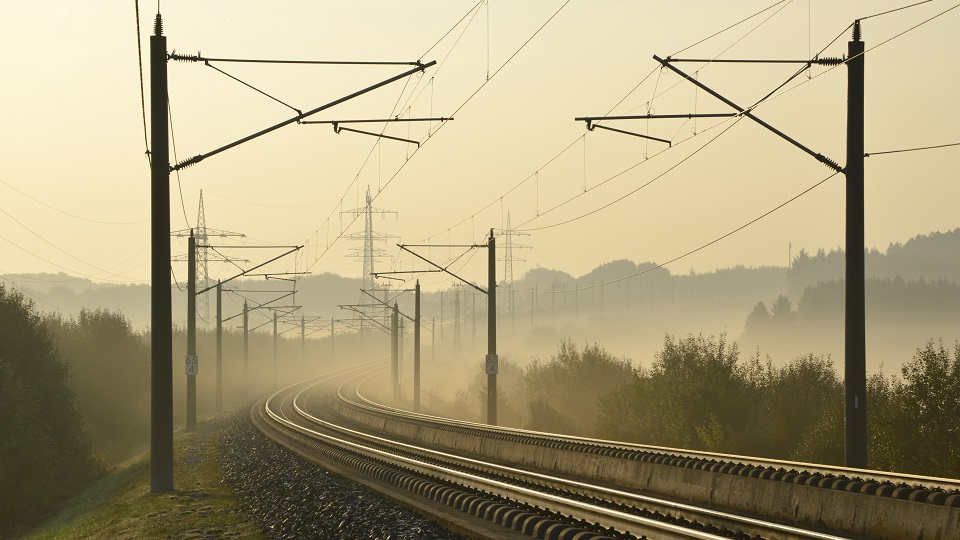Electrification of cross-border tracks urgent for Germany

In order to make railways greener and the environment cleaner, Germany should strengthen its focus on the electrification of its railway network. A special attention should be given to five cross-border tracks that run to Poland, Czechia and Austria. Such opinion has been expressed by Allianz pro Schiene and Deutsche Umwelthilfe in their joint call to the Federal Government of Germany.
Want to read more?
You have read all of your free premium articles for this month. Please become a subscriber to keep reading.
Subscribe now!
Take advantage of our exclusive offer to get full access to all premium content.





One of the border crossings to the Netherlands doesn’t even allow through traffic: the line from Gronau currently ends in a stub at Enschede station.
(Not to mention the Iron Rhine section between Dalheim and Roermond.)